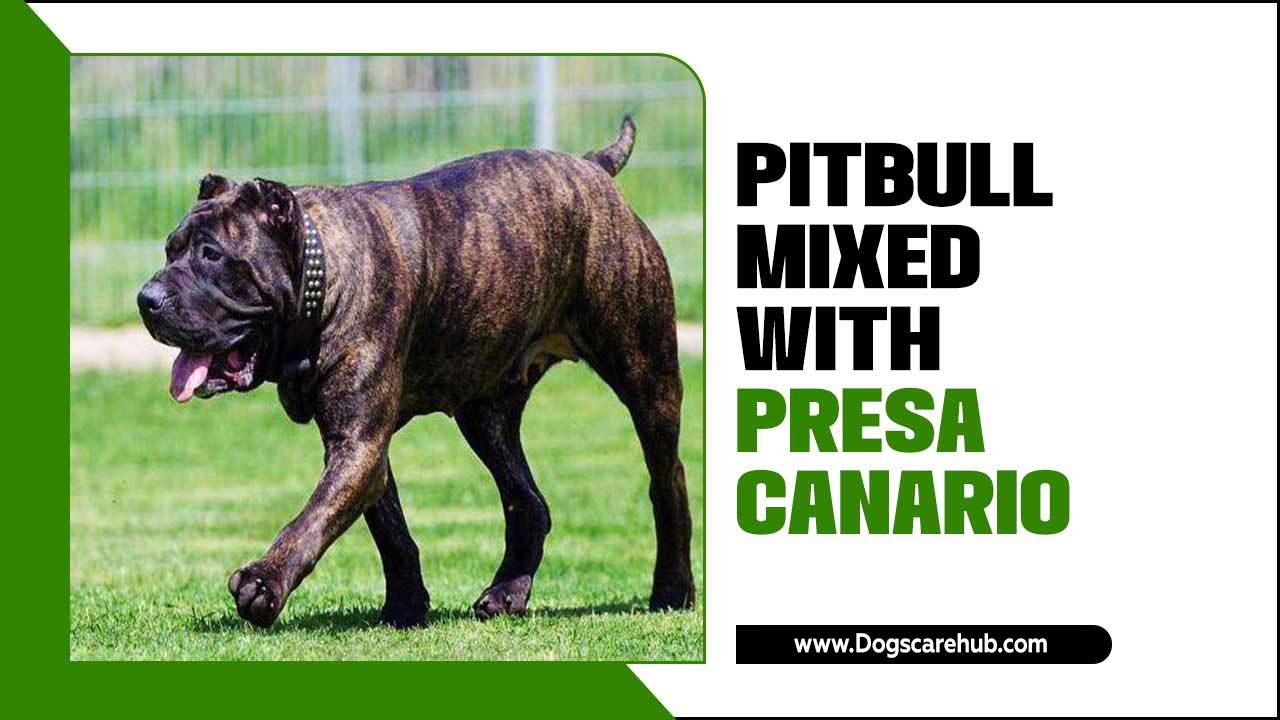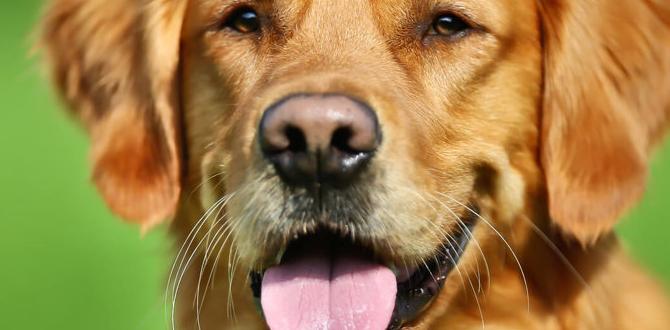Aggressive dog behavior solutions can seem daunting, but often, simple and proven changes in training and environment can make a significant difference. Understanding the root cause of aggression is the first and most crucial step in addressing it. Dogs don’t become aggressive out of malice; their behavior is typically a response to fear, anxiety, frustration, pain, or a learned reaction. By identifying these triggers and implementing targeted strategies, you can guide your canine companion toward a more balanced and harmonious life.
Understanding the Roots of Aggression
Before diving into specific solutions, it’s vital to recognize that aggression isn’t a monolithic issue. Different types of aggression require individualized approaches. Common types include:
Fear-based aggression: This occurs when a dog feels threatened or uncomfortable and resorts to barking, growling, or snapping to create distance. It’s often a defensive mechanism.
Resource guarding: Dogs may become aggressive when they perceive a threat to something they value, such as food, toys, or even people.
Territorial aggression: This is often seen when a dog is protecting its perceived territory (home, yard, car) from perceived intruders.
Pain-related aggression: An underlying medical condition or injury can cause a dog to lash out when touched or approached, as they associate the interaction with pain.
Frustration-based aggression (barrier frustration): This can manifest when a dog is unable to reach something they desperately want, like another dog on the other side of a fence, leading to pent-up energy and reactivity.
Redirected aggression: A dog intended to attack one target might lash out at a nearby object or person if prevented from reaching the original target.
It’s important to consult with a veterinarian to rule out any underlying medical issues that might be contributing to aggressive tendencies. A thorough physical examination can identify pain or neurological problems that could be fueling the behavior.
Proven Easy Fixes for Aggressive Dog Behavior Solutions
Once you have a better understanding of the potential causes, you can begin implementing proven easy fixes. These solutions often involve a combination of management, positive reinforcement training, and environmental enrichment.
H3: Management: Preventing the Problem Before It Starts
The cornerstone of managing aggressive behavior is to prevent the dog from practicing it. This means proactively identifying and avoiding triggers.
Leash Management: Keep your dog on a leash in situations where aggression is likely, such as walks in public or when visitors are expected. Use a secure harness that prevents pulling and allows for better control.
Environmental Control: Crate training can be a lifesaver for dogs who exhibit aggression towards specific individuals or when they feel overwhelmed. When the crate is a safe haven, not a punishment, it can reduce anxiety. Similarly, using baby gates to create separate spaces can prevent altercations between pets or between dogs and strangers.
Resource Management: If your dog guards resources, feed them separately from other pets. Put away high-value toys when not in direct supervision. When you need to take something away from your dog, trade it for an even better treat.
H3: Positive Reinforcement Training: Building Confidence and Trust
Positive reinforcement is key to building a strong bond with your dog and teaching them alternative, non-aggressive behaviors. The goal is to reward desired actions, making them more likely to occur in the future.
Desensitization and Counter-Conditioning (DSCC): This is a powerful technique for fear-based and resource-guarding aggression. DSCC involves gradually exposing your dog to their trigger at a distance where they don’t react, and pairing that exposure with high-value rewards. For example, if your dog isreactive towards other dogs, start by showing them another dog at a very far distance where they are calm, and immediately give them a treat. Gradually decrease the distance as your dog remains calm, always ensuring they are below their reaction threshold.
“Leave It” and “Drop It” Commands: Teaching these commands empowers you to safely redirect your dog away from things they might guard or mouth in an aggressive manner. Positive practice, where you reward your dog for obeying the command, is essential.
Impulse Control Exercises: Games like “stay” with increasing distractions, or waiting for their food bowl to be placed down, help dogs learn to manage their impulses, which can be a significant factor in reducing frustration-induced aggression.
H3: Environmental Enrichment: Fulfilling Your Dog’s Needs
A bored or under-stimulated dog is more likely to develop behavioral issues, including aggression. Ensuring your dog’s physical and mental needs are met is a crucial part of the aggressive dog behavior solutions puzzle.
Adequate Exercise: A tired dog is a good dog. Ensure your dog gets enough physical activity appropriate for their breed, age, and energy level. This could include walks, runs, playing fetch, or swimming.
Mental Stimulation: Puzzle toys, scent games, and basic obedience training sessions can keep your dog’s mind engaged and reduce boredom.
Socialization (When Appropriate): For some* dogs, carefully controlled positive socialization experiences can help them become more comfortable around other dogs and people. However, for dogs exhibiting significant aggression, supervised and structured interactions with calm, well-behaved dogs may be more beneficial than free-for-all dog parks.
When to Seek Professional Help
While these tips offer proven easy fixes, it’s crucial to acknowledge that severe aggression requires the guidance of a qualified professional. A certified applied animal behaviorist (CAAB), a veterinary behaviorist, or a certified professional dog trainer (CPDT-KA/SA) with experience in aggression can provide a tailored plan. They can assess the specific situation, identify subtle triggers you might have missed, and implement advanced training techniques safely and effectively.
Remember, patience, consistency, and a deep understanding of your dog’s individual needs are paramount. Addressing aggressive dog behavior solutions is a journey, and by employing proven easy fixes and seeking expert guidance when necessary, you can foster a more peaceful and fulfilling relationship with your canine companion.
Meet Elyse Colburn, the devoted canine companion and storyteller behind the enchanting world of “Tales, Tails, and Adventures Unleashed.” A passionate dog enthusiast with a heart full of paw prints, Elyse Colburn shares heartwarming tales and insightful adventures, celebrating the joy, loyalty, and endless antics that make every dog a true hero. Join Elyse Colburn on this tail-wagging journey, where every post is a love letter to our four-legged friends.



